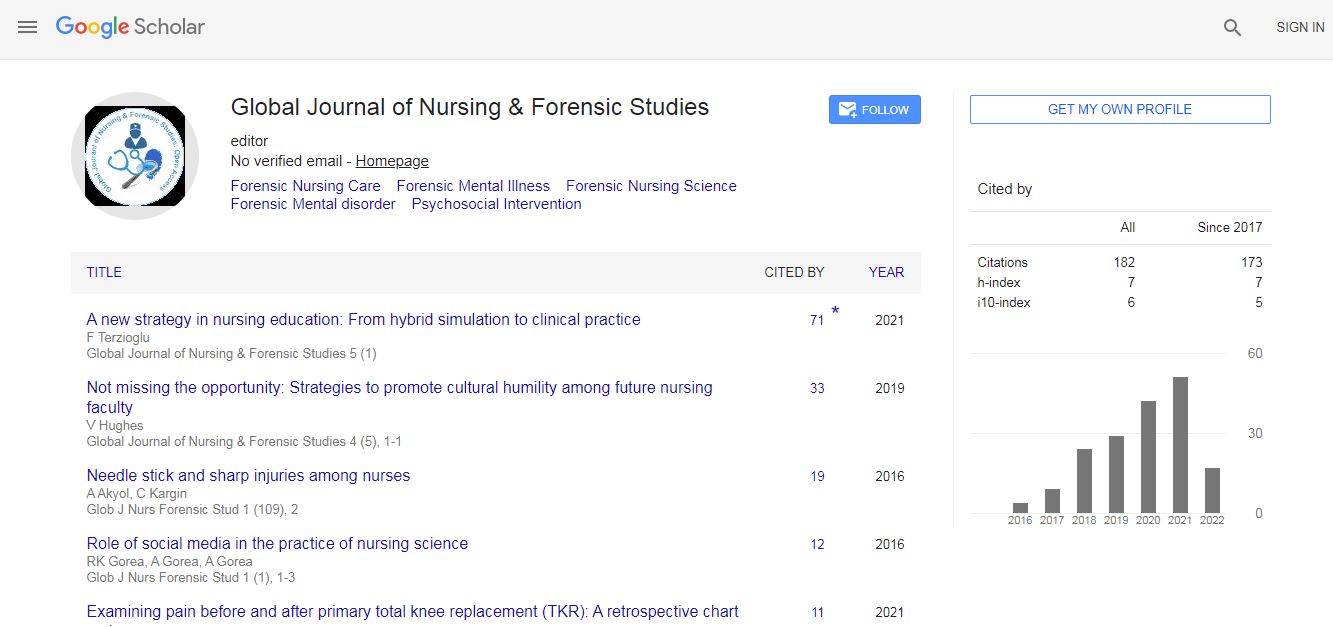Our Group organises 3000+ Global Conferenceseries Events every year across USA, Europe & Asia with support from 1000 more scientific Societies and Publishes 700+ Open Access Journals which contains over 50000 eminent personalities, reputed scientists as editorial board members.
Open Access Journals gaining more Readers and Citations
700 Journals and 15,000,000 Readers Each Journal is getting 25,000+ Readers
Google Scholar citation report
Citations : 82
Optometry: Open Access received 82 citations as per Google Scholar report
Indexed In
- Google Scholar
- RefSeek
- Hamdard University
- EBSCO A-Z
- Euro Pub
- ICMJE
Useful Links
Recommended Journals
Related Subjects
Share This Page
Early detection of macular disease: AMD, DMO and beyond
3rd International Conference and Expo on Optometry & Vision Science
Paul Charles Knox
Institute of Ageing and Chronic Disease, University of Liverpool, UK
Keynote: Optom open access
Abstract
New treatments for neovascular age-related macular degeneration (nAMD) and diabetic macular oedema (DMO) have transformed the prognosis for patients. But there is a pressing need for improved, cost-effective methods of detection and monitoring of these conditions. The handheld radial shape discrimination (hRSD) test has shown potential for the early detection of macular pathologies. We followed patients diagnosed with nAMD in their first eye, with no evidence of nAMD in their other eye (study eye, SE) over consecutive, routine, clinic visits at which they undertook the hRSD test presented on an Apple iPod Touch. We also examined hRSD test performance in patients referred from diabetic screening as being at risk of DMO (screening grade M1). Of 179 nAMD patients, 19 (10.6%; “converters”) developed nAMD in the SE; hRSD thresholds in the converters began to decline 190 days before diagnosis. At an hRSD cut-off of -0.60 logMAR, sensitivity was 0.79 (95% CI: 0.54–0.94) with a specificity of 0.54 (0.46–0.62). Of 145 M1 patients, 44 (30.3%) were found to have centre involving macular oedema; hRSD thresholds were significantly worse in these patients, compared both to those with no DMO and those with non-centre threatening DMO. Thus, the hRSD test is sensitive, both to the earliest stages of pathology (in the nAMD patients) and to different stages of pathology (in DMO). Given high levels of patient acceptability, that it can be done by patients away from clinics, and that it runs on inexpensive, well connected devices, the hRSD test could have a role in both improved detection and monitoring of macular disease away from hospital clinics. Recent Publications 1. Ku J Y, Milling A F, Pitrelli Vazquez N and Knox P C (2016) Performance, usability and comparison of two versions of a new macular vision test: the handheld Radial Shape Discrimination test. PeerJ. 4:e2650. 2. Wang Y-Z, He Y-G, Mitzel G, Zhang S and Bartlett M (2013) Handheld shape discrimination hyperacuity test on a mobile device for remote monitoring of visual function in maculopathy. Invest Ophth Vis Sci. 54 (8): 5497-505.Biography

 Spanish
Spanish  Chinese
Chinese  Russian
Russian  German
German  French
French  Japanese
Japanese  Portuguese
Portuguese  Hindi
Hindi 